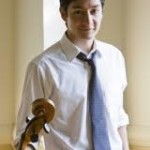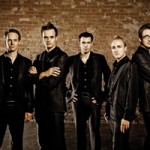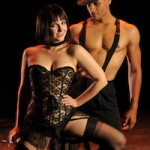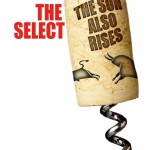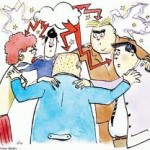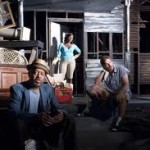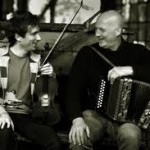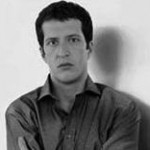 On Tuesday morning at around 10.30am in Oakland, I became a citizen of the United States of America along with 1202 people hailing from 93 countries.
On Tuesday morning at around 10.30am in Oakland, I became a citizen of the United States of America along with 1202 people hailing from 93 countries.
I was surprisingly moved by the experience. There were some cheesy moments to be sure, including watching a video of bucolic American scenes play on the screen at the Paramount Theatre where the ceremony took place, while “God Bless the USA” by Lee Greenwood blasted across the speaker system. And they had a scout leader from Canada share his story about becoming an American.
But being among all those individuals rising to our feet as the name of our birth-nation was called and then raising our hands and saying the Oath of Allegiance was a powerful thing. And I was relieved to watch Obama deliver a welcome message on screen rather than George Bush, which was the case for a bunch of the people I know who went through the ceremony during the last administration. Plus, the Paramount THeatre is such a gorgeous, art deco building. I can’t think of anywhere more beautiful to receive a new national identity.
There was even a section during the proceedings for cultural inquiry. An official from local government talked about how America has gone from being described as a “melting pot” to a “salad” to, most recently, a “stew.” I don’t have any particular preference regarding which of these terms best describes the nation’s population. Omelette, anyone? Fricassee?

